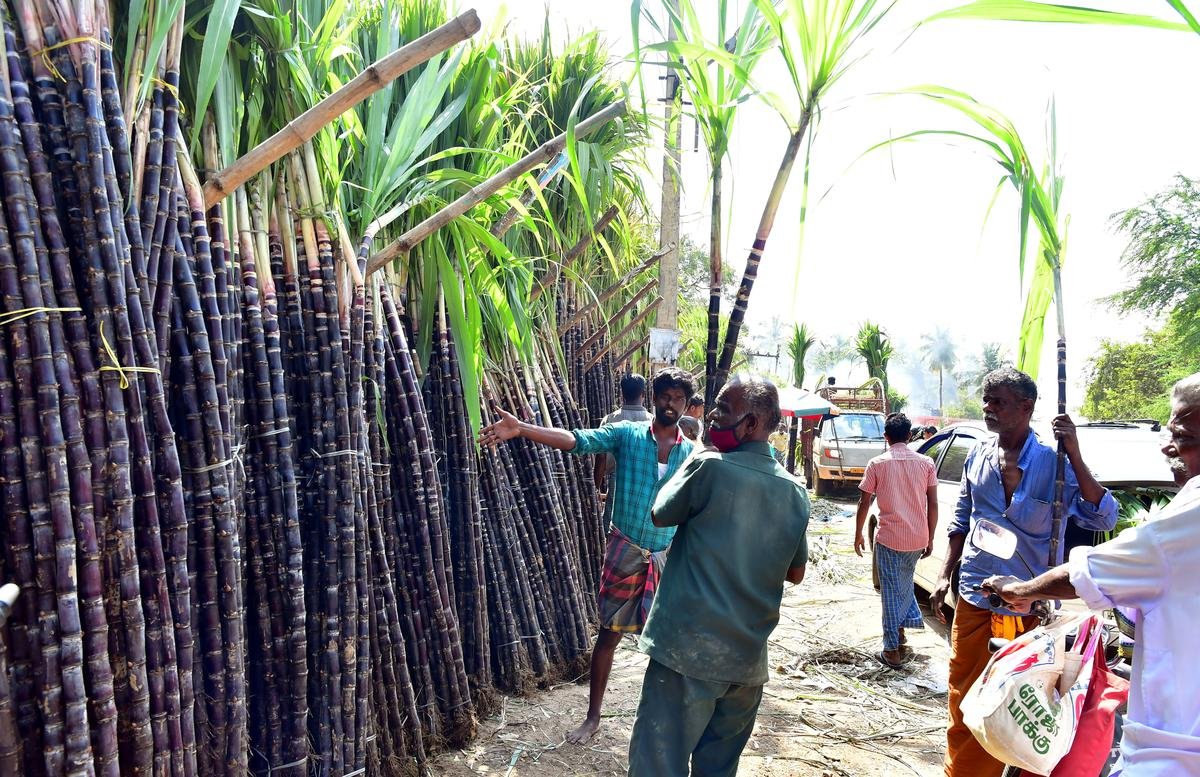
Do you know Agriculture can Raise Sugarcane Production by 40 Mt Per Acre? Experts from the Agriculture Department have advised sugarcane farmers and growers throughout Pakistan to employ the most up-to-date technologies for their operations. According to research conducted by the Department, Pakistan’s average sugarcane growth per acre can rise by 40 to 50 tonnes if the farmers use the most recent production techniques.
The finest months for sugarcane crop cultivation in Baharia are February and March, according to a spokeswoman for the department who talked to the media on Monday. Because late sowing could affect both the quality and quantity of the production, growers should start cultivating sugarcane right away and finish it by the middle of March.
Read More: Reimagine Agriculture in Pakistan Acumen Draws up Key Player
Agriculture Sugarcane Production by 40 Mt Per Acre
The department has approved the following sugarcane varieties: CP-77-400, CP-72-2086, CP-43-33, CPF-243, HSF-240, SPSG-26, SPF-213, SPF-245, and COJ-84. The agriculture helpline or the agriculture department’s field employees may provide more information on this topic, he noted.
He advised farmers to produce sugarcane across the largest possible area of their fields because it was Pakistan’s fourth most important crop after rice, cotton, and wheat and would also significantly lessen the financial hardship of the growers due to its high market value.
“The sugarcane crops would also be essential for meeting local food needs. Therefore, for cultivation, farmers should only employ certified kinds. The most recent methods might also significantly improve sugarcane production per acre.

India, which shares a border with Pakistan, has been significantly more effective in modernising its agricultural practises and integrating modern technologies. The Indian government has consistently placed a high priority on modernising the agricultural industry through the use of innovative technologies, such as Kisan Drones.
Despite limited land resources, growing weather unpredictability, and the emergence of more virulent pests and pathogens, new technologies developed in recent years have significantly improved the production of food grains, fruits, vegetables, milk, meat, eggs, and fish while also addressing the specific needs of farmers.
Narendra Singh Tomar, the minister of state for agriculture and farmer welfare, informed the legislature. He further let us know that, in accordance with the proposals so far received, cash totaling Rs. 126.99 crores have been made available for the Kisan Drone promotion.
Despite the lack of sufficient land resources, growing weather uncertainty, and the emergence of more virulent pests and pathogens, the new technologies developed have significantly improved the production of food grains, fruits, vegetables, milk, meat, eggs, and fish and addressed the farmers’ specific needs.
Read More: How to Watch an Instagram Story Anonymously?
The production of cereals, pulses, oilseeds, sugarcane, and milk increased thanks to these agricultural technologies, going from 234.87, 17.15, 275.11, 3623.33, and 146.31 million tonnes in 2014–15 to 288.03, 27.69, 376.96, 4318.12, and 209.96 million tonnes in 2021–22, respectively.
The Self Help Group (SHG) members’ welfare has been the focus of significant efforts made by the Indian government at the national level to bring its operations and programmes into alignment. A meeting was conducted here in hybrid mode under the joint chairmanship of Secretaries (RD) and (A&FW) to help spur this convergence movement across the nation (virtual and physical).












One Comment